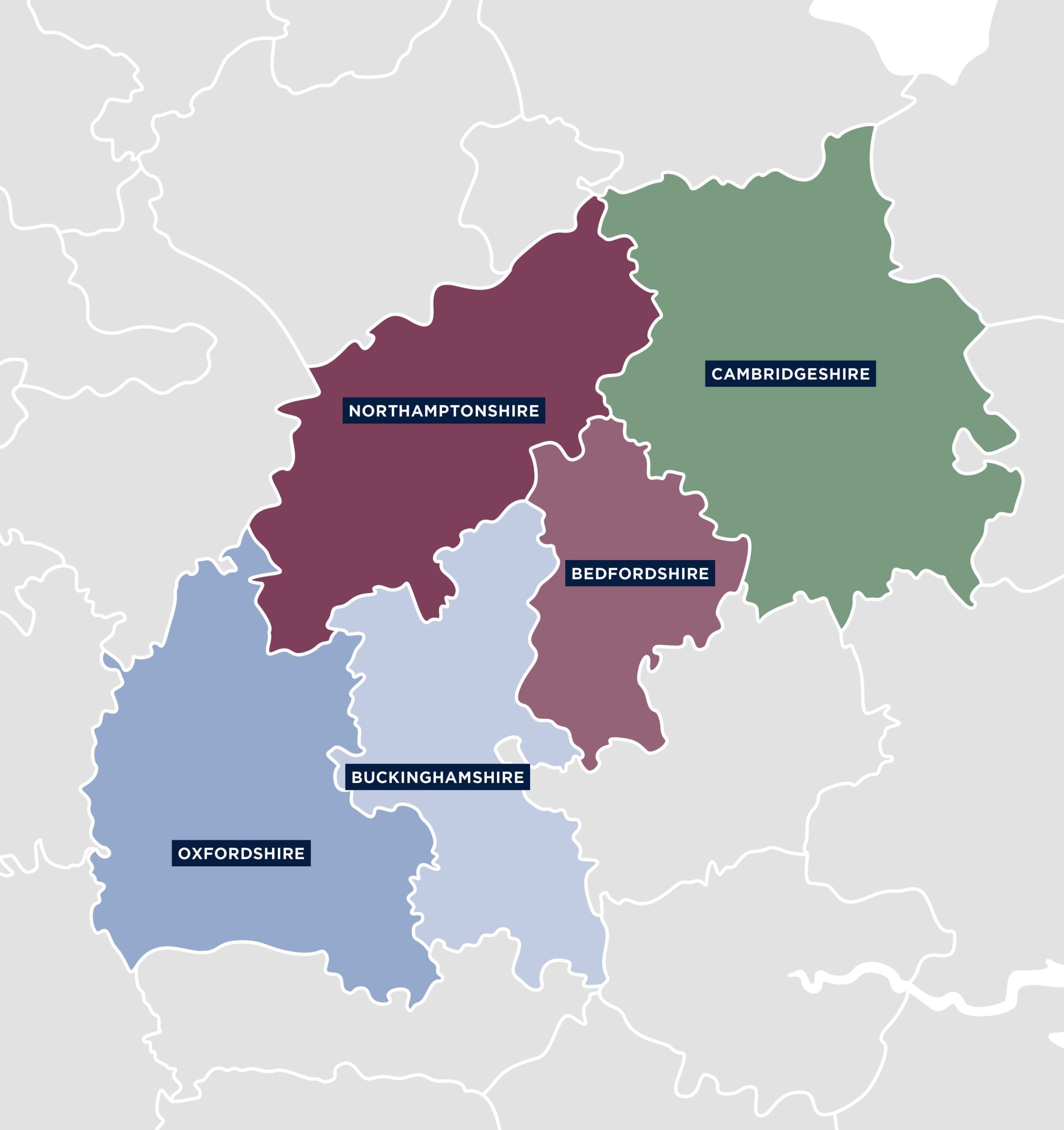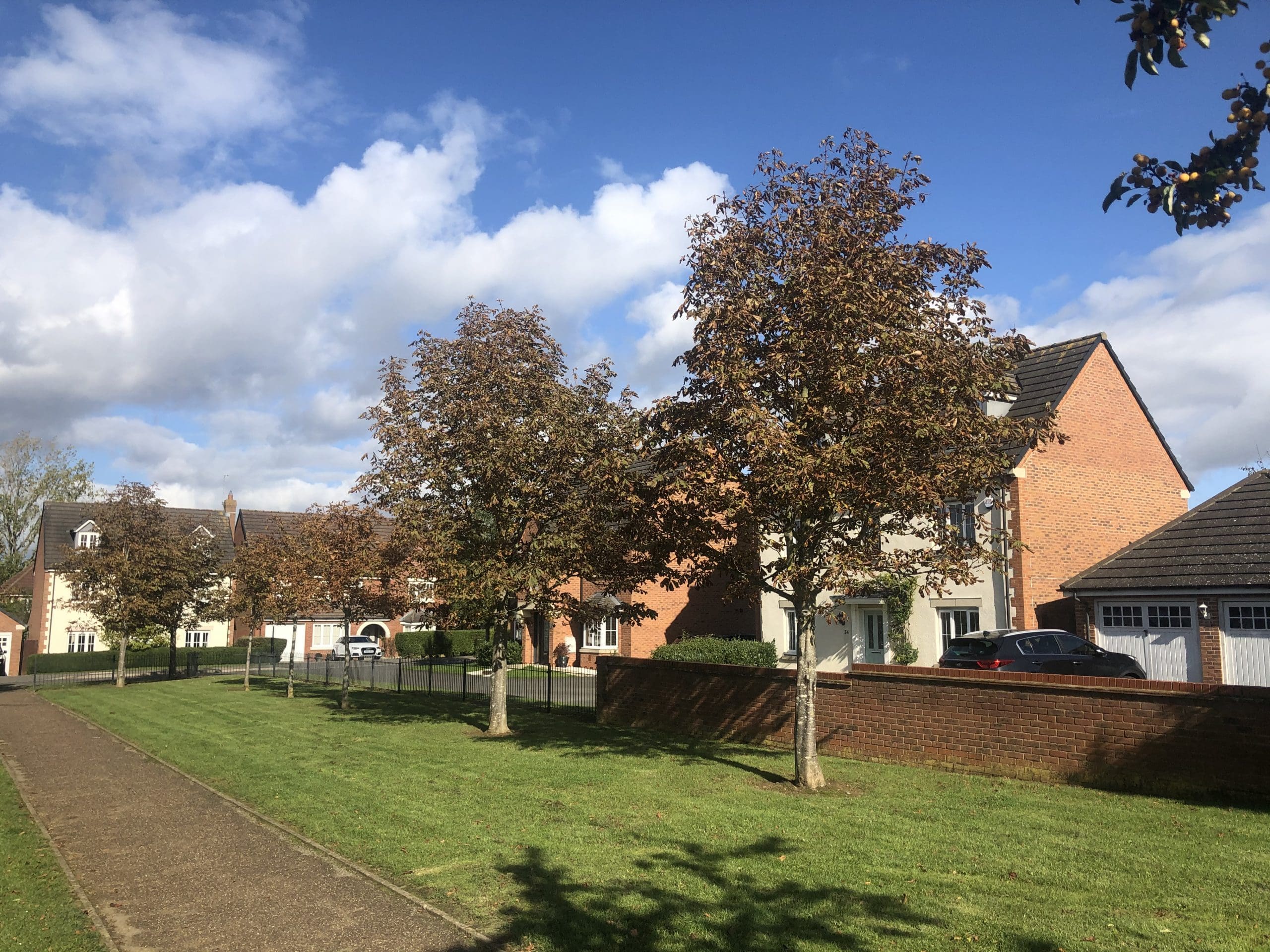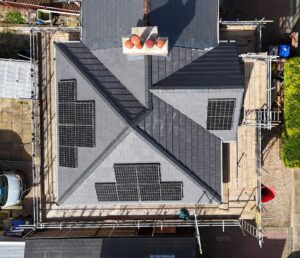Northamptonshire, ‘The Rose of The Shires’, is set for significant change as a result of local government reorganisation and emerging growth targets.
Shadow authorities have been established in West Northamptonshire and North Northamptonshire ready for the new administrations on April 1, 2021. The two-tier system of a single county council and seven district and borough councils will be swept away and the two new unitary authorities will be fully established if local elections take place on May 6, 2021.
Change brings uncertainty and a review of priorities and this is something that local politicians and senior local government officers are grappling with.
There has been consultation on a range of issues from branding for the new authorities through to views on the positive and negative aspects of life in the county. The new structure should bring about more streamlined organisations and opportunity to try something a little different and shake things up a bit.
These changes come about at an important time for the county, which sits within the heart of a growth initiative called the Oxford to Cambridge Arc. This is a nationally significant initiative supported by the Government and all local authorities between Oxford in the west and Cambridge in the east. The aspiration is for local authorities, old and new, to plan for one million new homes and new jobs and investment in infrastructure.
An Economic Prospectus has been published for the Oxford to Cambridge Arc which aims to double the local economy to £200bn by 2050 and to drive green, inclusive and innovation-led growth supported by local communities.
The Government has recently undertaken consultation on a Planning White Paper and other changes to the planning system at the national level which has implications for the way we will live, work and play in Northamptonshire in the future.
House building will experience a step-change in the amount of housing and the design of housing.

Currently, the total yearly housing requirement across Northamptonshire is just over 4,000 homes. Under a new method for calculating such requirements proposed by the Government, this will increase to just over 5,500 homes, each year.
Housing design is evolving as a result of our experience of the COVID-19 pandemic, with architectural designers considering how to accommodate changes to the way in which we live and work in our homes. Space for home offices and more accessible green spaces are in demand.
The need for infrastructure planning in Northamptonshire has never been greater. Large engineering projects such as new roads, new rail and energy generation schemes grab headlines but today our understanding of infrastructure goes beyond concrete and steel.
Social and environmental infrastructure are vital components of new development. Place-making is about creating new communities where people live, work and play and this means a range of housing, job creation and, green spaces for recreation and biodiversity.
Where required for new development it is often the case that infrastructure is paid for, in part at least, by developers through planning obligations. To set a framework for such payments, local planning authorities assess the amount and type of new development to be planned for and decide what infrastructure is required under an infrastructure delivery plan.
While not a perfect system, the process provides local accountability and some flexibility to deal with local circumstances.
In the Planning White Paper, the Government considers that planning obligations do not work well, bringing uncertainty and a lack of transparency, and they are vulnerable to renegotiation based on developers’ assessment of viability.
To address this the Government proposes to bring in an infrastructure levy which would be based upon a flat-rate, valued-based charge, set nationally. This could have a link to the increase in the value of land as a result of securing planning for development.
If we are to benefit from sustainable development in Northampton-shire it will be important for the new unitary authorities and other stakeholders to work together to plan for infrastructure, both hard and soft.
Over 5,500 homes to be built every year in the county will need a concerted effort to enhance biodiversity not harm it and to plan for green space capable of being reached by walking and cycling as well as new roads and rail.
For further information contact David Bainbridge on 01865 269053, email david.bainbridge@savills.com or visit www.savills.co.uk

Director of Planning
at Savills














